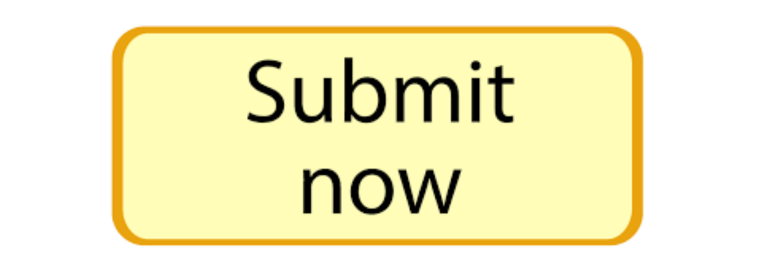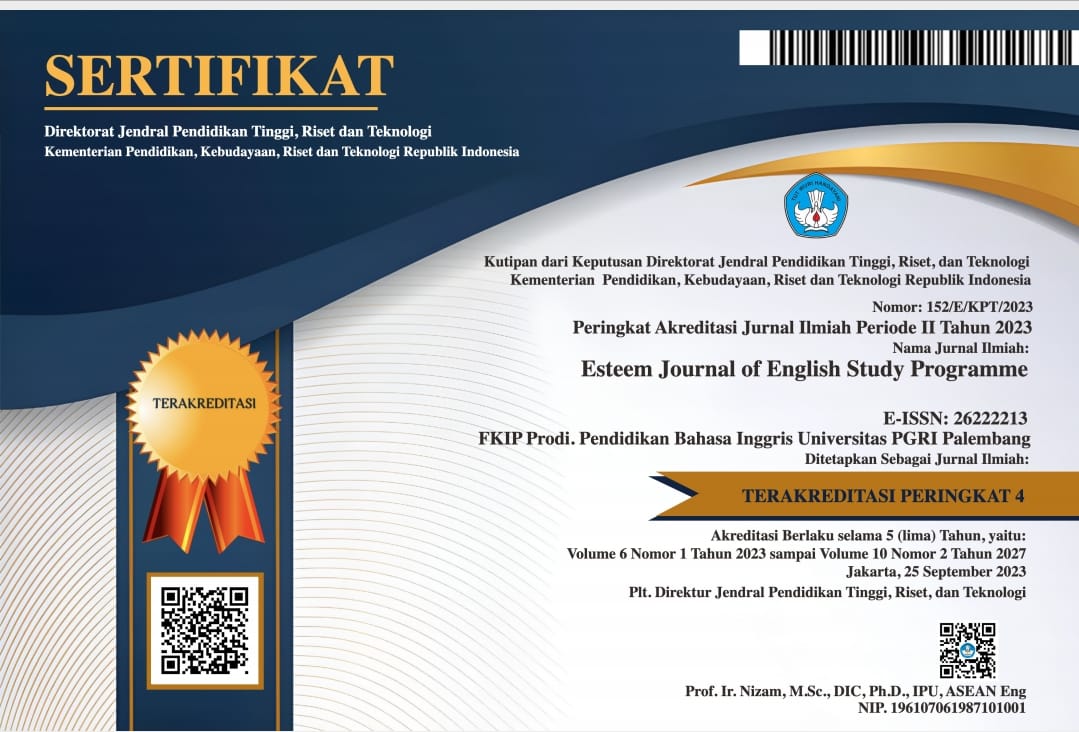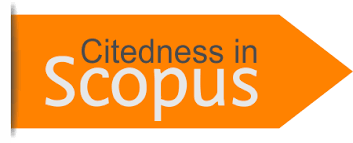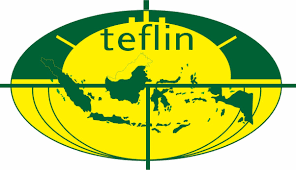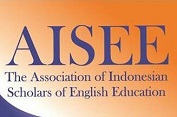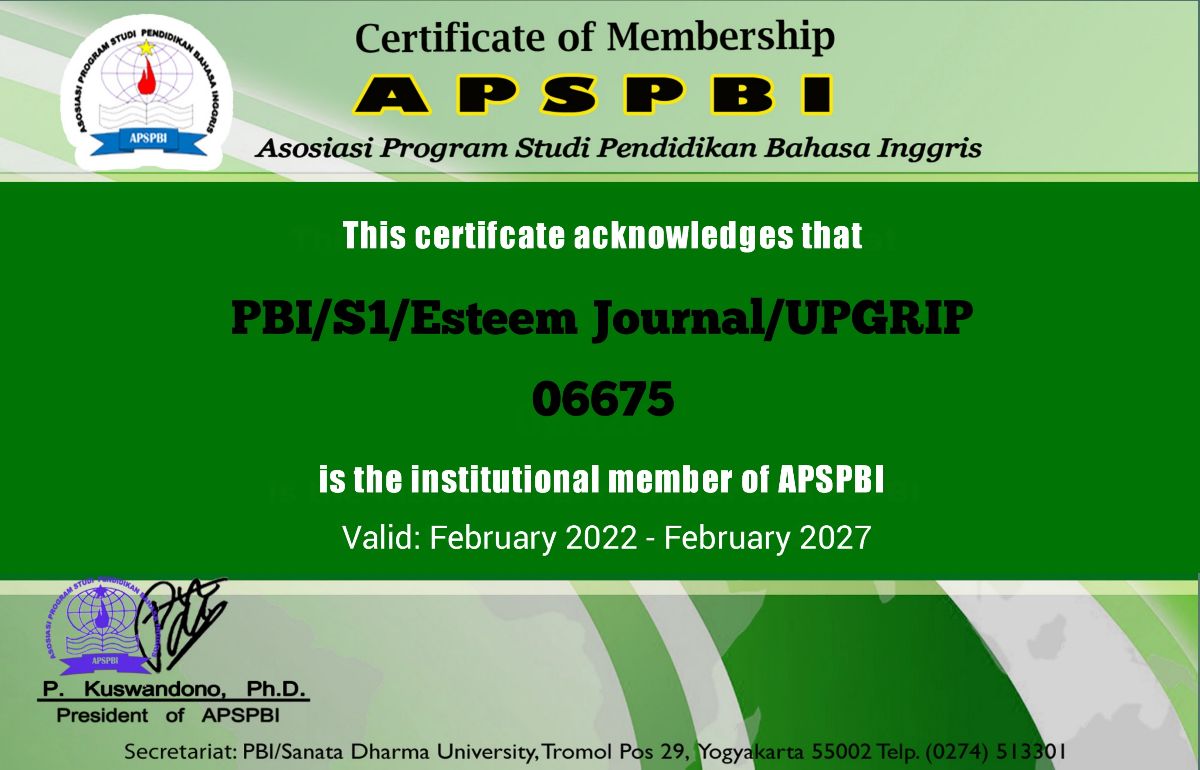DENOTATION, CONNOTATION, AND MYTH THROUGH VERBAL AND NON-VERBAL SIGNS ON REPRESENTATION OF IDENTITY IN THE BIG SIX PREMIERE LEAGUE CLUB LOGOS
DOI:
https://doi.org/10.31851/esteem.v8i1.17755Keywords:
Big Six, Connotation, Denotation, Football, Logos, Premiere LeagueAbstract
This study investigates the verbal and non-verbal elements within the logos of the "Big Six" Premier League clubs, aiming to uncover their denotative, connotative, and mythological meanings, and how these aspects represent identity. Using a qualitative descriptive approach based on Roland Barthes' semiotic framework, the research draws data from official club websites and documented literature. The analysis reveals that logos embody club identities through denotation, connotation, and myth, reflecting the historical, cultural, and social values associated with the clubs and their respective cities. Key components such as colors, symbols, and text, which are distinctive to each logo, play a significant role. This study contributes to the fields of cultural studies, semiotics, sports branding, and identity representation in visual communication and design. By exploring the semiotic depth of football logos, it bridges cultural semiotics and sports branding, uncovering often-overlooked narratives and enhancing both academic and fan perspectives on logo symbolism.
References
Barthes, R. (1967). Elements of SemioCreswell, J. W., & Creswell, J. D. (2017). Research design: Qualitative, quantitative, and mixed methods approaches. Sage publications.logy.
Bowen, G. A. (2009). Document analysis as a qualitative research method. Qualitative Research Journal, 9(2), 27–40.
Cassell, J., Mcneill, D., & Mccullough, K.-E. (1994). Speech-Gesture Mismatches: Evidence for One Underlying Representation of Linguistic and Nonlinguistic Information. Cognition, 7. https://doi.org/10.1075/pc.7.1.03cas
Cobley, P., & Cobley, P. (2001). The Routledge companion to semiotics and linguistics (Vol. 11). Routledge London.
Creswell, J. W., & Creswell, J. D. (2017). Research design: Qualitative, quantitative, and mixed methods approaches. Sage publications.
Danesi, M. (2004). Messages, Signs, and Meanings. Canadian Scholars Press Inc, 1, 1–22.
Dawes, A. C. C. (2017). The Origins and Development of Association Football in Nottinghamshire [De Montfort University]. https://dora.dmu.ac.uk/server/api/core/bitstreams/623814c3-8eb6-4a6c-966c-dcfeaa8898ac/content
Dhananjaya, P. A., Wandia, I. K., & Maharani, S. A. I. (2019). Verbal and Non-Verbal Signs of “Moana" Movie Posters. Humanis, 23, 43. https://doi.org/10.24843/jh.2019.v23.i01.p08
Eiseman Leatrice. (2000). Pantone Guide to Communicating with Color. In Organisational Resilience. https://doi.org/10.4324/9781003083115-8
Fadilah, I. A., Jaya, A., & Uzer, Y. (2023). Visual Representation and Comprehension: the Exploration of Multimodal Text To Energize Reading of the Tenth Grade Students’ At State Vocational High School 5 of Palembang. Esteem Journal of English Education Study Programme, 6(1), 125–130. https://doi.org/10.31851/esteem.v6i1.10226
Flick, U. (2013). The SAGE Handbook of Qualitative Data Analysis. Sage Publications.
Fraenkel, J. R., Wallen, N. E., & Hyun, H. h. (2014). How To Design And Evaluate Research In Education (Eighth Edi). McGraw-Hill Education.
Godbey, A. H. (1933). The Devil in Legend and Literature. The Open Court. https://opensiuc.lib.siu.edu/cgi/viewcontent.cgi?article=4513&context=ocj
Hall, S. (2015). □ Cultural Identity and Diaspora. In Colonial discourse and post-colonial theory (pp. 392–403). Routledge.
Hartnett, R. (2024). The World’s Most Watched Sports. Sport for Bussiness. https://sportforbusiness.com/the-worlds-most-watched-sports/?utm_source=chatgpt.com
Keramitsoglou, K. M., Mellon, R. C., Tsagkaraki, M. I., & Tsagkaraki, K. P. (2020). Designing a logo for renewable energy sources with public participation: Empirical evidence from Greece. Renewable Energy, 153, 1205–1218. https://doi.org/https://doi.org/10.1016/j.renene.2020.02.078
Logos-World. (2024). Manchester United Logo, symbol, meaning, history, PNG, brand. Logos-World.
Merlina, T. (2020). Verbal and Visual Signs of Brand Logo Designs in Some Fast Food’S Advertisements: a Semiotic Study. Manners, III(2), 135.
Miles, M. B., & Huberman, A. M. (1994). Qualitative data analysis: An expanded sourcebook, 2nd ed. In Qualitative data analysis: An expanded sourcebook, 2nd ed. Sage Publications, Inc.
Nadira, R. (2018). Roland Barthes’ Denotation, Connotation, and Myth in the Change of Four Starbucks Logos: A Study Of Semiotics [Universitas Darma Persada]. http://repository.unsada.ac.id/550/
R.E.T. (2022). Makna & Sejarah Logo Klub Manchester United. Republik Eusosialis Tawon.
Sandu, B. (2024). The Manchester United Logo History, Colors, Font, And Meaning.
Sebeok, T. A. (1995). Semiotics and the biological sciences: initial conditions. Collegium Budapest/Institute for Advanced Study.
Ting-Toomey, S. (1999). Communicating Across Cultures. New York: The Guilford Publications, Inc.
Veto Mortini, A., Jaya, A., & Akbar Zam, M. A. (2023). the Effect of Map Libs Technique on Students’ English Learning Achievement in Learning Personal Pronoun. Esteem Journal of English Education Study Programme, 6(2), 216–225. https://doi.org/10.31851/esteem.v6i2.12316
Wibisono, H. (2024). Fakta di balik gambar kapal pada logo Manchester United dan Manchester City, ternyata ini artinya.
Wilden, A. (1987). The Rules Are No Game: The Strategy of Communication. London: Routledge & Kegan Paul.
Downloads
Published
Issue
Section
License
Copyright (c) 2025 Arif Lutfi Rohmani Arif, Ujang Suyatman, R. Myrna Nur Sakinah

This work is licensed under a Creative Commons Attribution-NonCommercial-ShareAlike 4.0 International License.
Copyright Notice
Authors who publish with this journal agree to the following terms:
In order to assure the highest standards for published articles, a peer review policy is applied. In pursue of the compliance with academic standards, all parties involved in the publishing process (the authors, the editors and the editorial board and the reviewers) agree to meet the responsibilities stated below in accordance to the Journal publication ethics and malpractice statement.
Duties of Authors:
- The author(s) warrant that the submitted article is an original work, which has not been previously published, and that they have obtained an agreement from any co-author(s) prior to the manuscript’s submission;
- The author(s) should not submit articles describing essentially the same research to more than one journal;
- The authors(s) make certain that the manuscript meets the terms of the Manuscript Submission Guideline regarding appropriate academic citation and that no copyright infringement occurs;
- The authors(s) should inform the editors about any conflict of interests and report any errors they subsequently, discover in their manuscript.
Duties of Editors and the Editorial Board:
- The editors, together with the editorial board, are responsible for deciding upon the publication or rejection of the submitted manuscripts based only on their originality, significance, and relevance to the domains of the journal;
- The editors evaluate the manuscripts compliance with academic criteria, the domains of the journal and the guidelines;
- The editors must at all times respect the confidentiality of any information pertaining to the submitted manuscripts;
- The editors assign the review of each manuscript to two reviewers chosen according to their domains of expertise. The editors must take into account any conflict of interest reported by the authors and the reviewers.
- The editors must ensure that the comments and recommendations of the reviewers are sent to the author(s) in due time and that the manuscripts are returned to the editors, who take the final decision to publish them or not.
Authors are permitted and encouraged to post online a pre-publication manuscript (but not the Publisher final formatted PDF version of the Work) in institutional repositories or on their Websites prior to and during the submission process, as it can lead to productive exchanges, as well as earlier and greater citation of published work (see The Effect of Open Access). Any such posting made before acceptance and publication of the Work shall be updated upon publication to include a reference to the Publisher-assigned DOI (Digital Object Identifier) and a link to the online abstract for the final published Work in the Journal.




